The Central Intelligence Agency (CIA) is one of America’s major defenders against foreign threats.
The truth, however, is that we don’t always get to see much of the work that the agency does to protect the country. But, every once in a while, they let the public get a peek inside.
This includes sharing stories of rescue missions and fancy high-tech gadgets, and sometimes disclosing details of failed or unquestionably damning missions.
If you’d like to get the inside scoop on what really goes on inside the CIA, keep reading.
The CIA went through several transformations before becoming the agency we know today.
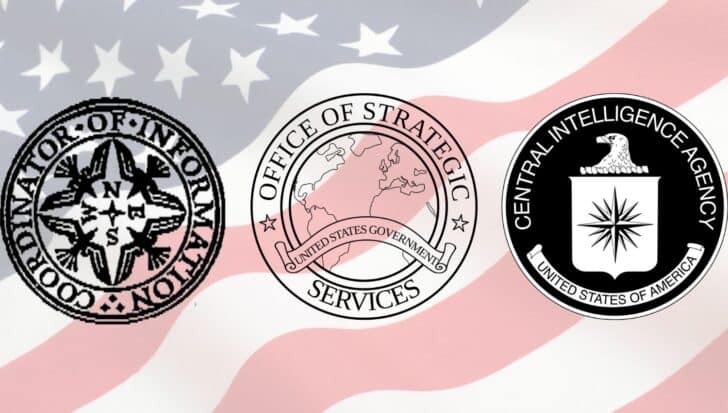
Before World War II, the US, like most countries, didn’t have a defined intelligence agency. After the war in 1941, things changed with the formation of the Office of the Coordinator of Information (COI).
A year later, the COI was rebranded as the Office of Strategic Services (OSS).
In 1945, the OSS became the Strategic Services Unit (SSU), then the Central Intelligence Group in 1946, and finally the Central Intelligence Agency (CIA) in 1947.
There’s a special, top-secret Starbucks at the CIA headquarters.


CIA agents, just like everyone else, need their morning dose of caffeine to be on top of their game. That’s what the Starbucks right at the heart of the CIA headquarters in Langley is for.
But this isn’t your regular coffee shop. It’s called store number 1, and here no one asks for your name to write on your coffee cup.
They laid the groundwork for the technology that helped invent Google Earth.


Google Earth and maps have become indispensable in finding your way around new cities and towns. But that technology is only possible today because the CIA laid the foundation.
In 2003, the CIA invested in a company called Keyhole, which was developing a 3D system using satellites to map the Earth.
Google later learned of this technology and bought the company, and that’s how we have Google Earth today.
Not everyone who works for the CIA is undercover.


Forget what you see in the movies, working for the CIA isn’t always about spies and secret missions.
Most CIA officers perform regular jobs as librarians, secretaries, accountants, analysts, and engineers. They clock in, work at their desks, drink lots of coffee, and clock out by the end of the day.
While they may have to keep the specifics of their jobs a secret, they don’t necessarily have to lie to their families about where they work.
Even though the CIA has been around for decades, much of what goes on inside the agency remains classified.


At the CIA, silence is the watchword. That’s because they handle a lot of sensitive national security information.
Therefore, even relatively simple details, such as how many people work for the CIA, what training they undergo, and details of their overseas missions, are kept hush-hush.
Former CIA agents can’t just spill secrets about the agency even after they retire.
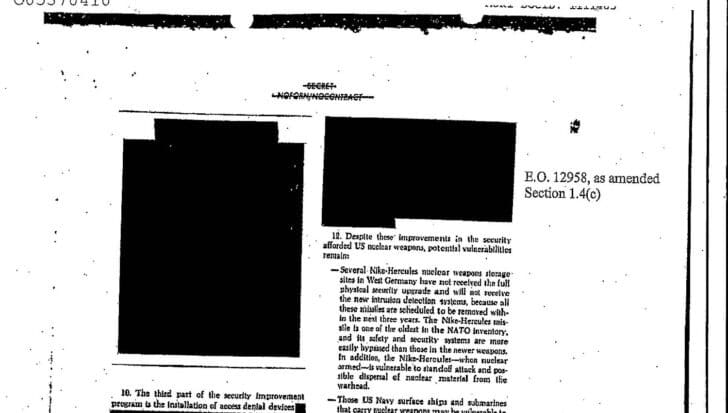

Just because you no longer work for the CIA doesn’t mean you can just go talking about their operations.
In fact, from the moment your employment at the CIA begins, you have to sign a contract that says you can’t publish anything without their permission.
The CIA prepublication classification review board is responsible for reading any written works by current or former CIA employees. Their role is to ensure no one reveals anything they’re not supposed to.
The CIA isn’t legally allowed to monitor US citizens.
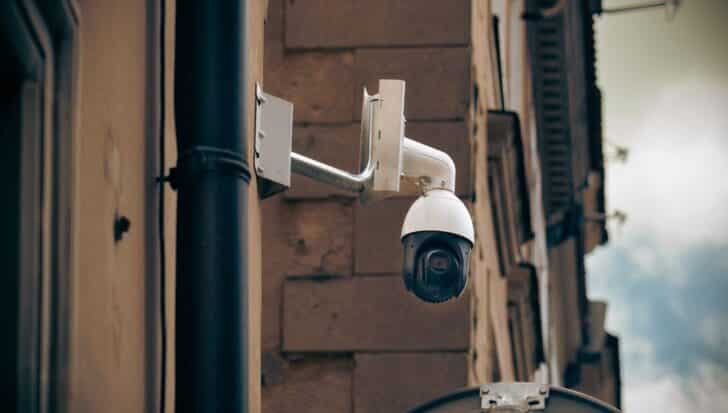

When the agency was formed in 1947, President Truman ensured that it was stated clearly that the agency couldn’t operate on US soil.
However, you must know that despite this law, the CIA has been caught several times spying on Americans under the guise of fighting terrorism.
And besides, the NSA is monitoring everything you do anyway.
The agency had a network of secret prisons.
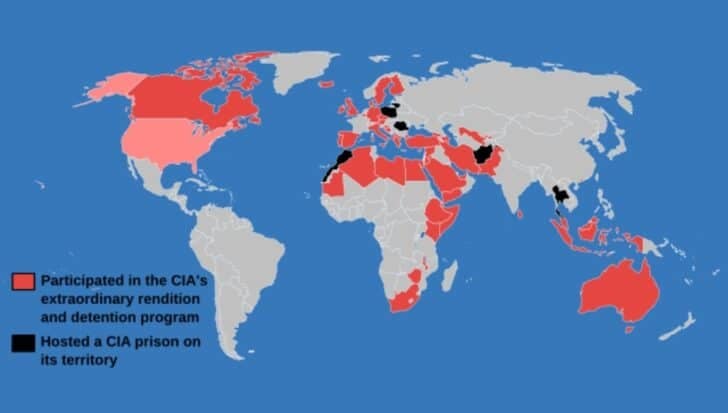

In early 2002, journalists broke the story of the CIA operating secret prisons, also called black sites. At the time, the reports stated that the agency illegally detained and tortured people at these prisons.
The CIA black sites were spread across Europe, Africa, and the Middle East, but the project was such a huge secret that only a few top government officials knew the exact locations.
Eventually, and only because they were caught, the US government shut down the CIA’s secret prison program in 2006.
They tried to build a team of secret cat spies.


During the Cold War, the CIA was ready to do anything to gain the upper hand. And that sometimes included recruiting other species to join the agency.
One such program was Acoustic Kitty, which involved implanting listening devices in cats and training them to sneak into enemy bases. Implanting the listening device in the cats was the easy part.
The CIA soon learned something every cat owner knows: cats don’t take instructions very well because they’re way too smart for that. The CIA eventually abandoned the project.
The CIA trained birds to spy on enemy bases.


First, they had to build a camera small and light enough for a bird to carry with ease. Then they strapped the camera to a pigeon and let it fly over enemy territory, taking as many pictures as possible.
Pigeons were the perfect spies because there were so many of them around that no one suspected a thing.
Of course, it helped that, unlike the cats, the pigeons followed instructions and returned to the base with the pictures. Operation Tacana, as it was called, was a success.
The CIA played a pivotal role in overthrowing several foreign governments.
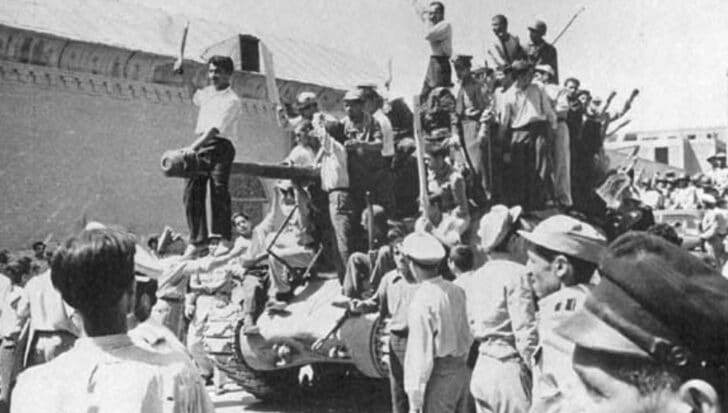

In Iran (1953), the agency helped overthrow Prime Minister Mohammad Mosaddegh in Operation Ajax, restoring the Shah’s rule and crushing democratic reform.
A year later, in Guatemala (1954), the CIA backed a coup against President Jacobo Árbenz after he moved to redistribute land owned by a US corporation.
In Indonesia (1965), the CIA aided the military in purging suspected communists, providing kill lists and support as General Suharto seized power.
In Chile (1973), the agency funded opposition groups and helped destabilise President Salvador Allende’s elected government, paving the way for Augusto Pinochet’s coup.
And in the Democratic Republic of Congo (1960–1961), CIA-backed forces overthrew and assassinated Prime Minister Patrice Lumumba.
Nearly every major CIA-backed regime change has led to long-term instability, repression, or violence.


In Iran, the coup set off decades of authoritarian rule that fuelled the 1979 revolution and directly led to today’s dictatorial Iran.
In Guatemala, the new dictatorship plunged the country into a civil war that killed around 200,000 people, many of them Indigenous civilians.
In Indonesia, between 500,000 and a million people were slaughtered in anti-communist purges, one of the worst massacres of the 20th century.
In Chile, Pinochet’s dictatorial regime tortured tens of thousands and killed or “disappeared” over 3,000 citizens, and set the country back decades.
And in the Congo, Lumumba’s death paved the way for Mobutu’s brutal kleptocracy (a government ruled by people who use their power to steal their country’s resources), which kept the country in turmoil for decades.
Gee whiz, it’s almost like there’s a pattern!
The CIA has actually hired magicians.


The CIA wasn’t hiring magicians for birthday parties or shows. Instead, it was hiring them to teach its agents how to perform tricks they could use in the field.
One of the magicians hired by the CIA was the famous John Mulholland.
Everything he shared with the agency was later published as the Official CIA Manual of Trickery and Deception. It includes instructions on how to swap items or communicate with your partner without getting caught.
They tried to train psychic spies.


During the 1970s, at the height of the Cold War, the CIA considered working with psychics and remote viewers. The program, which later involved the military, was officially named the Stargate Project.
This program included experiments involving the use of psychic powers to locate hostages and enemy bases.
However, by 1995, when the Stargate program officially ended, the CIA released a report calling it another failure.
CIA computers were used to edit Wikipedia pages.


In 2007, a tool was launched that could identify which IP addresses had made changes to Wikipedia pages.
Surprisingly, they found that computers in the CIA offices had been used to edit the profiles of former CIA boss Peter Goss and celebrities like Oprah Winfrey.
Now, whether these edits were officially sanctioned by the CIA or just some agents working on their own, we’ll never know. The CIA claimed they couldn’t confirm they made the changes.
They planned to make action figures of Osama Bin Laden.


During the intense hunt for Osama bin Laden, the agency thought of creating bin Laden dolls, but this one had a twist.
The face was painted with heat-sensitive paint, so after a while it would melt off, revealing a devil’s face.
Operation Devil Eyes was meant to be a form of psychological warfare to scare kids in Pakistan and turn the public against bin Laden.
While the CIA claims they only made three prototypes, the Washington Post says they actually shipped hundreds of them to Pakistan.
Some CIA agents working undercover got busted over pizza.


In the spy world, even the littlest details can be the difference between a successful mission and a real-life threat.
While working in Beirut, Lebanon, some CIA agents mentioned the word ‘pizza‘ while arranging a meeting with some informants.
Unknown to them, among those in the conversation were Hezbollah double agents who reported and helped Hezbollah figure out that the meeting place was a local pizza shop.
That mistake blew the CIA’s cover, putting over a dozen other informants working for the agency in danger.
The CIA has its own museum, but you can’t visit.


At the heart of the CIA headquarters in Langley, Virginia, is the CIA Museum. This museum is home to some of the coolest spy gadgets agents have used over the years.
The only downside is that it’s not open to the public. However, you can get a glimpse of what’s inside by watching a virtual tour on the agency’s website.
The CIA used a fake vaccine program for spying.


During the search for Osama bin Laden, the CIA launched a phony vaccine program.
The plan was to use it to obtain DNA samples to locate the fugitive terrorist or any of his family members in hiding.
While the program was largely successful, it attracted heavy criticism. In the end, the CIA promised never to use vaccine programs as a cover for its missions anymore.
Just like in the movies, CIA agents swap identities in seconds using masks.


These are the same kind of masks often shown in Hollywood movies, so realistic that anyone would be fooled.
Jonna Mendez, the former agency’s chief of disguise, oversaw the creation of those masks.
In fact, she wore the disguise to meet President George Bush, who couldn’t tell she was wearing a disguise even after inspecting her closely.
The CIA was caught in a shocking mistaken identity scandal.
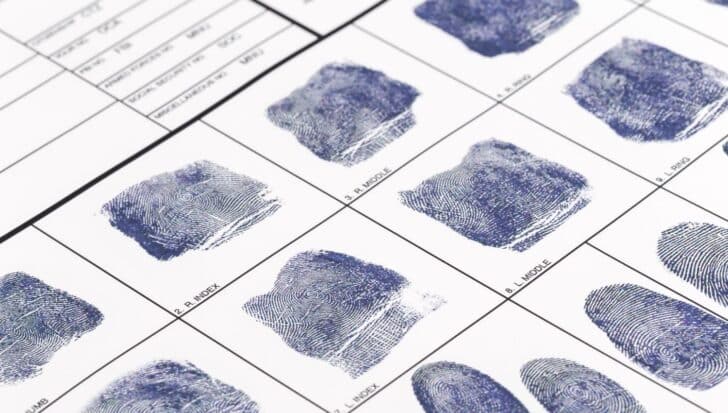

As the biggest spy agency, you’d expect the CIA not to make rookie mistakes like arresting the wrong guy, but they did.
In 2003, Khaled El-Masri was heading for vacation when he was arrested by the Macedonian police and handed over to the CIA for terrorism.
Turns out he wasn’t a terrorist at all, he just had a similar name to one, Khalid al-Masri, only a few letters off.
Even after figuring out he was innocent, the CIA still held him hostage for several months.
The agency secretly organized experiments to create a mind control drug.


In many spy movies, a truth serum or mind-control drug is used to extract information from people, but it’s not just fiction.
As it turns out, the CIA tried to make mind control drugs in the 1950s and ’60s in a secret program called MK-Ultra, in which illegal experiments were conducted on college campuses, hospitals, and even prisons.
Eventually, The CIA’s actions were discovered, and the program was shut down in the 1970s.
The CIA once rescued trapped US diplomats by pretending to make a Hollywood movie.


In the 1970s, terrorists stormed the US embassy in Tehran, Iran. During the attack, six US diplomats hid in the neighboring Canadian embassy.
To get the six of them out of the country, the CIA had to get creative.
The agency created a fake movie production company for a fake movie titled Argo. Then the trapped diplomats were snuck out of the country as part of the movie crew.
The CIA used tracks by Eminem to torture subjects.
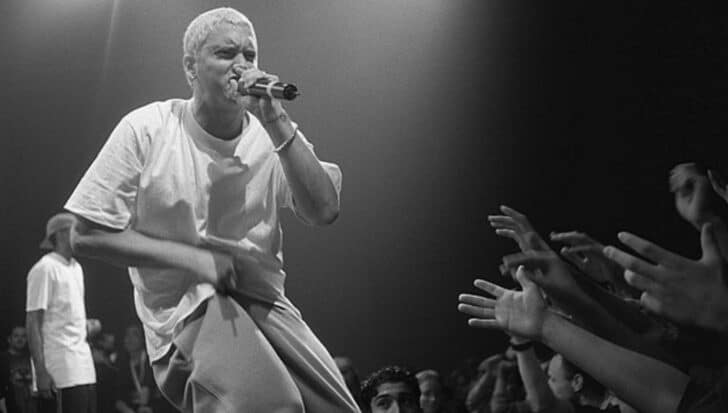

Imagine being forced to listen to one song on repeat for days, at deafening volume. Even if it were your favorite song, you could still lose your mind.
The CIA commonly used this terrible torture tactic to break and torture subjects. But it wasn’t only Eminem’s songs on repeat.
They also used songs by Dr. Dre, Westlife, Marilyn Monroe, Britney Spears, as well as music from Sesame Street and Barney & Friends.
The CIA created a heart attack gun to commit assassinations and get away with it.


The CIA heart attack gun, invented during the Cold War, didn’t fire regular bullets.
Instead, it shot frozen pellets containing saxitoxin, a poisonous substance obtained from shellfish. This toxin causes instant paralysis and eventual death.
Unsurprisingly, the CIA has never officially admitted to using this weapon.
Now you know that life in the CIA can be both boring, like a regular 9-to-5 job, or exciting, like a spy movie.
Through it all, the agency’s primary goal is maintaining national security.
However, while trying to play the good guys, the CIA has committed unforgivable atrocities, even against its own citizens, and made more than a few blunders.
